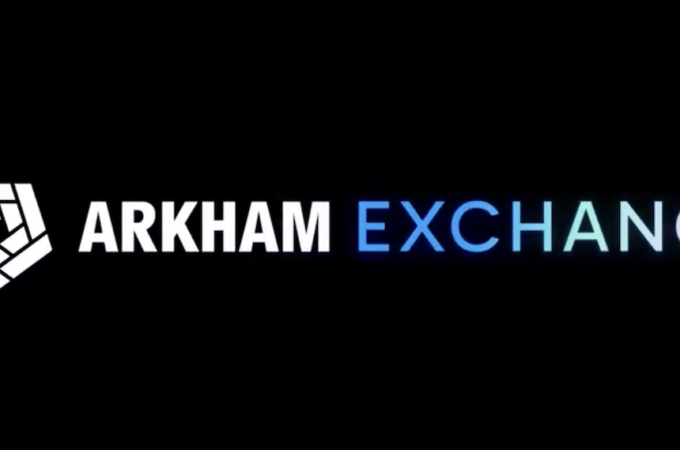
How retail brands can shake up stagnant card loyalty
It’s time for financial services to get on board and engage with complementary brands to enhance loyalty.
Financial services – particularly card issuers – are approaching new frontiers of recurring payments. The clever use of connecting customers with a reward tied to a certain brand is a strong business play for card issuers, one that could drive the business of rewarding customers into the future.
From ordering on an app to transacting online using a wallet or stored profile, customers are more engaged with their brands than ever before.
Card issuers are looking to drive preference in this modern system of recurring payments. They are craving the exclusivity of being featured on an app, or as a sole player on a given retailer’s platform. This begs an important question: how can card providers use this new frontier to encourage “top of wallet” behavior with consumers?
There are many reward and loyalty programs offered to financial services customers, but how often are they used? According to Collinson Group’s Mass Affluent survey, customers place the most value on loyalty programs that address four areas: travel products or services; reward points with complementary lifestyle brands; money-off offers, such as dining offers; and cashback. As demonstrated in the survey, engaging with complementary brands to access rewards and benefits is a high priority for customers, and should be for financial services too.
It is time to go beyond recurring payments and give customers what they truly value in exchange for their decision to use a specific card or institution. Gone are the days of fatiguing customers with generic offers and incentives: providing targeted programs that reflect a customer’s lifestyle is far more valuable.
Take the recent Uber and Capital One partnership as an example. For every nine rides purchased with a Capital One card, the customer can redeem a certain value on their tenth ride. This repays Uber customers for doing what they would do anyway, yet by using the Capital One card, they have access to increased rewards. By doing this, there are clear benefits for the brand as it keeps customers engaged and returning to brand usage. It is a win/win for both parties: a commercial return for Uber and Capital One, and access to more benefits for consumers.
By leveraging reward points on one credit card, card issuers are helping centralize benefits for the customer. Customers respond well to simplification: 78% of Collinson Group survey respondents stated they are loyal to a brand because they are easy to do business with, and technology can help. According to Pew Research Center, 68% of American adults have a smartphone – a number that has grown from 35 percent in 2011.
With more than half of Collinson Group’s survey respondents (58%) making digital payments whenever they can, brands have a unique opportunity to integrate their offerings with that of an app. By allowing customers to use their smartphones to cross-engage with different brands on loyalty programs, financial services organizations will benefit from increased loyalty and in turn customer profitability.
The top benefit from a partnership is simultaneous enhancement of brand reputations. Successful loyalty partnerships increase the value and utility for customers, and offers customers more opportunity to earn and redeem their rewards, driving loyalty program engagement. Additionally, it helps brands differentiate themselves from competitors, and provides opportunity to reach more like-minded customers – essentially, a cost-effective acquisition strategy.
The most important aspect of identifying a good fit partner should be based on the experience the customer will have across the programs: consider the earning and redemption experience. Look to partner with a brand that can provide the best customer experience, one that feels seamless, and where the rewards are transparent, rich, attainable, accessible and personal. Your customers, and your bottom line, will thank you.
First appeared at PS





